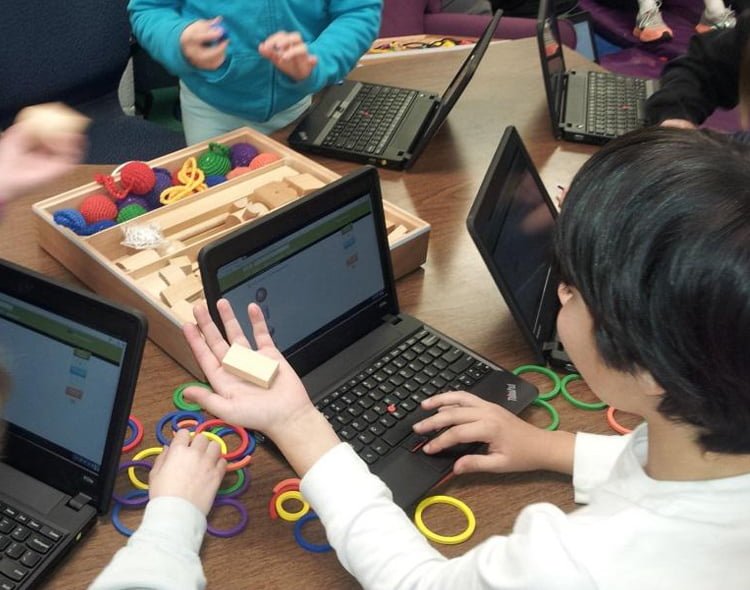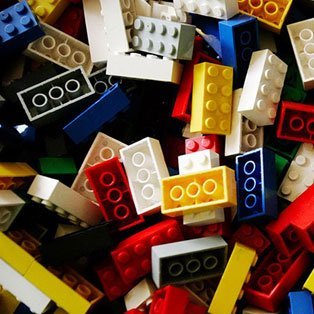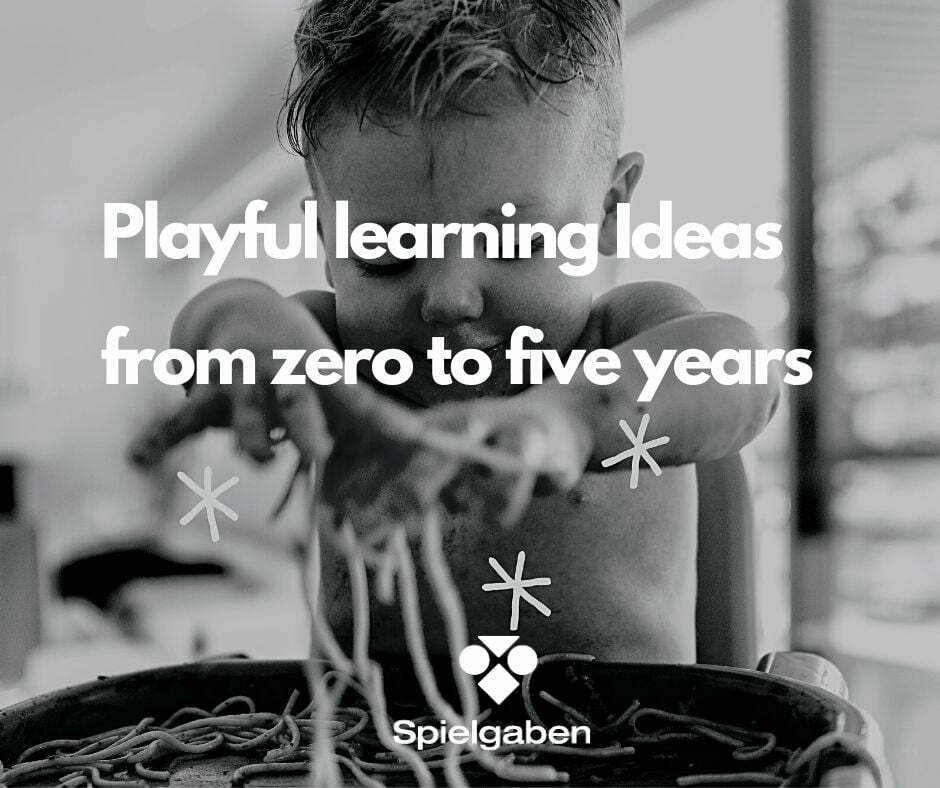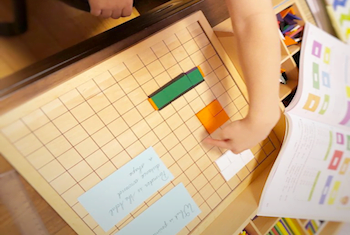Educational Manipulatives-A Great Tool for Children of All Ages
There is a great deal of research that indicates that using manipulatives in the classroom is an excellent tool for teachers and students. The use of these hands-on materials not only makes lessons more interesting for students, but also helps to make abstract concepts much more concrete. These tools are effective during math instruction in particular, but may also be used for any type of reasoning, problem solving, cooperative learning or oral language activity.
While math manipulatives are a staple in the lower elementary classroom, for some reason, they are used with decreasing frequency as students get older. Upper elementary teachers seem to rarely use manipulatives in the classroom, instead relying on lectures textbooks or paper and pencil work to drive their instruction.
Many experts suggest that math performance could be increased in older students by the use of math manipulatives in the classroom, and that students all the way into high school could benefit from this type of instruction. Using math manipulatives in the classroom allows students of all ages to explore abstract concepts from a concrete standpoint, giving them deep understanding of skills and theories.
A New Focus In Math Instruction

Additionally, the focus of mathematics understanding is rapidly changing to one where students are asked to become flexible thinkers and problem solvers. Students are now being asked to apply their knowledge to a variety of situations, and to illustrate their thinking through words and pictures. This is a far cry from the days when students were simply evaluated on whether their answer was correct or incorrect on paper and pencil tasks. Manipulatives are a perfect fit for this new type of task where students need to do more than simply memorize formulas and regurgitate seemingly arbitrary rules.
When students learn by rote memorization, they often do not truly “own” their knowledge, but can simply remember a set of formulas that they can spit out for tests or other paper and pencil tasks. They may not, however, be able to adapt their knowledge for use in a different but similar situation. When students learn through hands-on experiences, they have the chance to truly learn about these abstract concepts and see how they apply to real objects. These tools allow students to explore materials and create their own meaning in a way that makes sense to them.
It is much easier for a student to explain their thinking about a concept on an assignment, or standardized test, if they truly understand, and this sort of testing is becoming the new norm.
Start with the Concrete
When introducing any new concept, teachers will get the best results if they begin with something concrete. After students have the opportunity to experiment with concrete materials, they will then be ready to move to a semi-concrete level where they can model the same concept with pictures or words. After students have truly become active participants in their own learning, they are then much more likely to master the abstract concept, where they are using numbers to solve problems.
One of the simplest ways for teachers to apply this theory is by the use of manipulatives. These tools allow students to explore using multiple senses, which increases the likelihood of the learning becoming permanent. It gives meaning to an abstract idea by exploration of real objects.
Instructor Comfort Level
While many adults are comfortable using math manipulatives with younger children, they can often be uncomfortable using them with older children. They see these as toys instead of tools and think that they are not appropriate for use while children in the middle grades and beyond.
A shift in philosophy is in order and there are many supports available to help teachers and parents learn to use hands-on tools with older children. If you find that you are at a loss for where to begin using these types of materials with your older student, there are workshops and on-line resources that will provide you with guidance about where to start.
Hands-on educational manipulatives are a perfect way to get older students more interested in work that they consider to be “dry” which is often how they see math, as well as providing them with the chance to truly understand difficult concepts.
Uses of Manipulatives With Older Students
While younger students may use manipulatives to understand basic concepts like counting, addition and subtraction, older students may be well served using them to understand more difficult theories and skills.
When young children are learning the idea of addition, it is an abstract idea to them. After they understand the concept, often through the use of manipulatives, it becomes concrete. The same is true with older children and more difficult concepts.
As children progress through the grades, teachers can use manipulatives to introduce students to concepts like place value, fractions, and geometry. By exploring these abstract concepts in a hands-on way, they can become concrete for students.
The Spielgaben
The Spielgaben, and other educational toys, can be used to make discoveries about just these types of skills. For instance, students can examine the relationship between diameter and circumference using real circles instead of paper and pencil drawings. Students can use pieces of the kit to create angles which they can manipulate. They can examine the relationship between points, lines, angles, two and three dimensional objects.

Take Advantage of the Benefits
When providing students with these types of materials, teachers can truly give students the opportunity to create their own understanding by the use of leading questions. Asking students “how” and “why” questions will challenge them to look for answers in new ways, which will lead to greater comprehension of concepts.
Many studies have been completed on the use of manipulatives with older children, and they regularly report an increase in not only students’ level of understanding, but also in their attitudes about math in general. Students whose instructors give them the chance to explore concepts in a hands on way, play games with manipulatives, and participate in problem solving activities using tools report that they enjoy math more, understand it better, and feel more empowered to take control of their own learning.
As adults, we solve problems in a variety of ways after finding the methods that work best for us. Shouldn’t we give our students the opportunities to do this as well? Providing them with hands-on manipulatives will give them the opportunity to become true mathematicians.













LEAVE A COMMENT